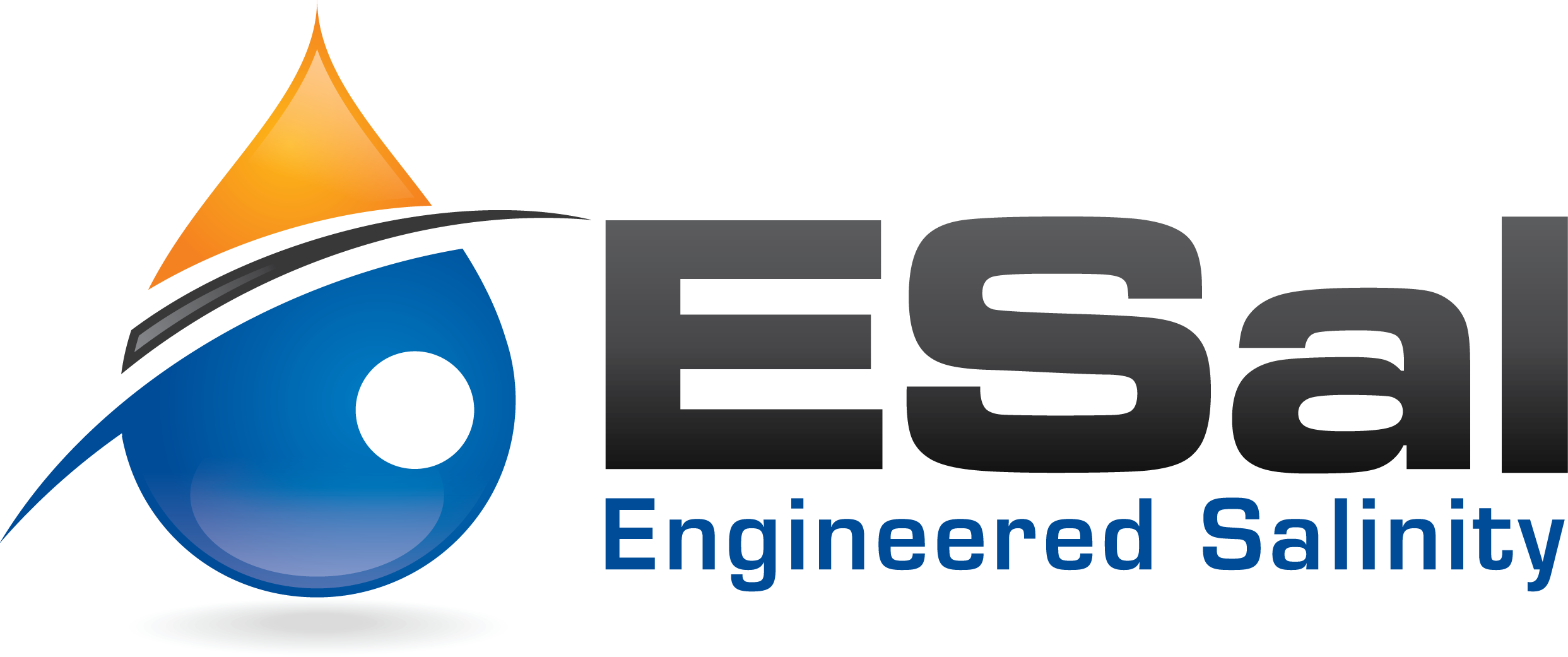Less CO2, Chemical and Water Use With Every Barrel
Environmental Benefits of ESal
It’s nowhere near normal for places like Oklahoma and Texas to have as many earthquakes as they’ve experienced in the last 15 years. Or people in Arkansas having to deal with over 1,000 minor earthquakes in the previous two years.
However, we have a good sense of the reason for that.
Companies inject millions of gallons of water and chemicals into subsurface formations to extract oil from a single well. Then a whole lot more water comes back as the oil is produced. That salty water is often disposed of by injecting it back into the ground. In doing so, rock formations experience enormous pressure from the water, which in turn causes fault lines to shift.
If that isn’t enough, the extracted gas during this process can significantly increase air and water pollution.
Knowing this, we asked ourselves two vital questions:
- What if we didn’t have to dispose of massive amounts of water (and chemicals) into the ground?
- What if we could reuse the produced water we already have in a far more intelligent way?
After much testing and lab work, our team at Engineered Salinity found a way to do just that.
By mixing produced water with other water sources – like surface water sources, rivers, ponds and additional water from different groundwater intervals – ESal can get the desired water, the RightWater™, to use.
Rather than chemicals, ESal uses naturally occurring solutes or compounds in water, making it a much cleaner technology that won’t negatively impact ecosystems, wetlands or drinking water sources.
In doing so, you don’t need as much water because you’re reusing your produced water rather than having to inject it.
How can we save more freshwater for environmental purposes?
First, we can limit and even avoid using freshwater to drill and fracture shale wells. Then we can reduce water production in those shale wells while increasing oil production.
Now, rather than current practices that use fresh water in shale wells, using the higher salinity-produced water will cut disposal costs and limit seismic impact. ESal is using less freshwater to start with and producing less salty water to deal with – which becomes vitally important in arid areas with large amounts of oil, such as the southwestern United States.
Business Intelligence Improves the Bottom Line
Look at this example from New Mexico. The standard practice was to frack with local groundwater (1000 ppm). The result was 60 days until oil and 10X as much water production as oil production.
Using the saltier produced water creates better wettability (near neutral) reducing time to oil breakthrough to 30 days!

